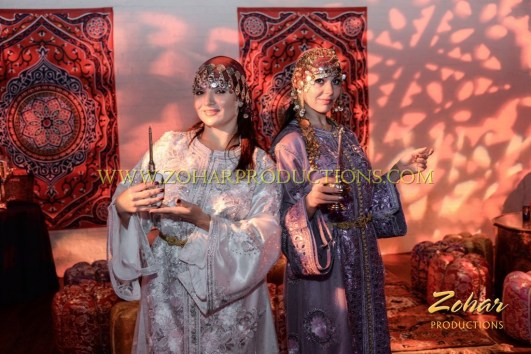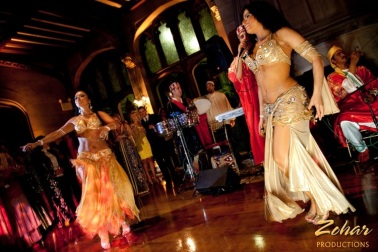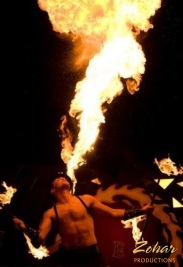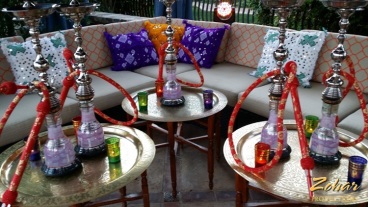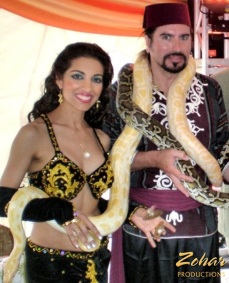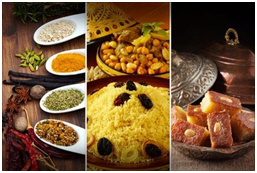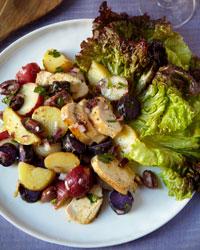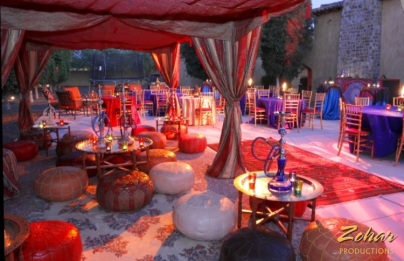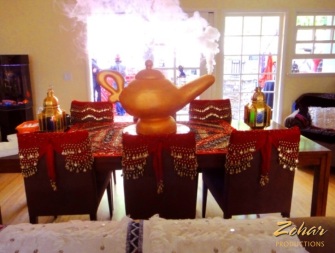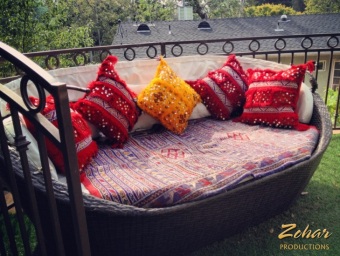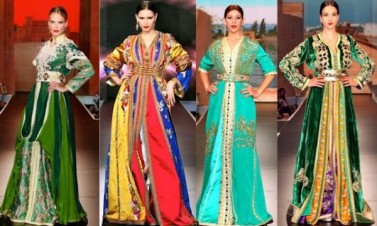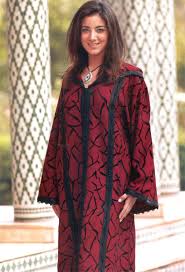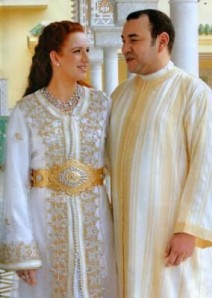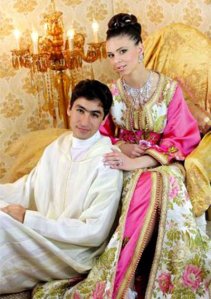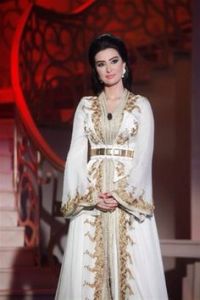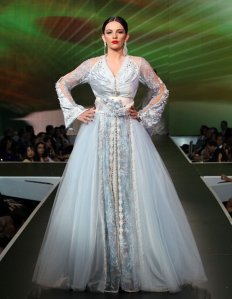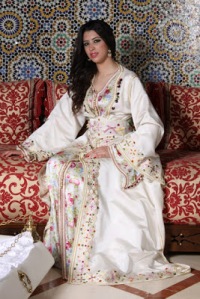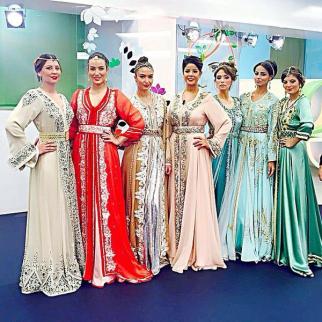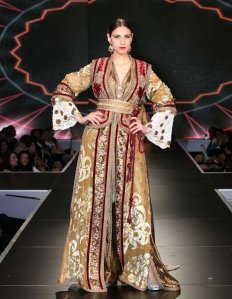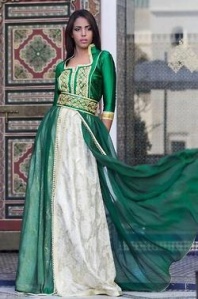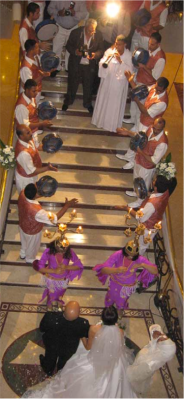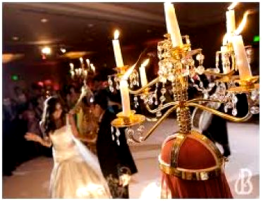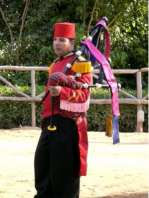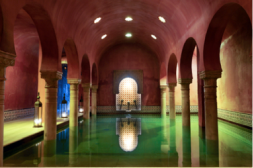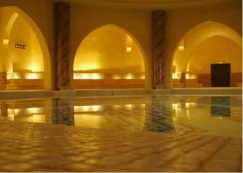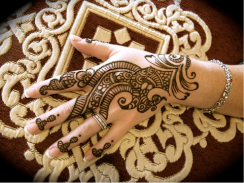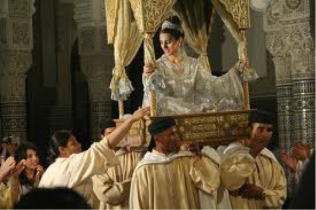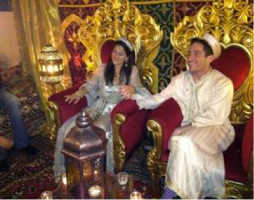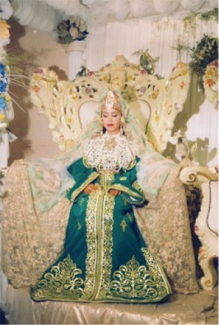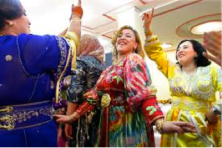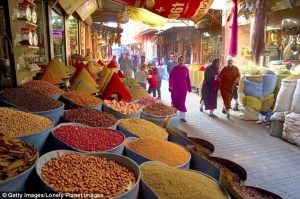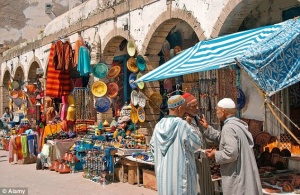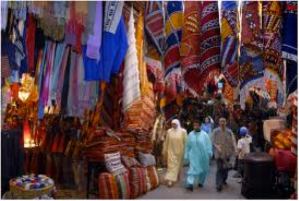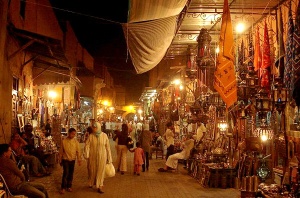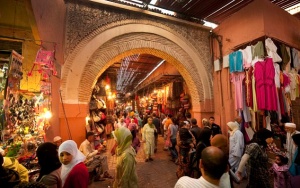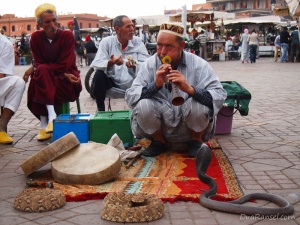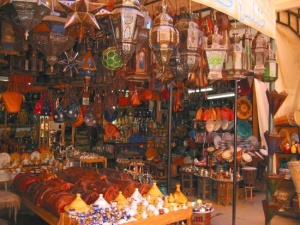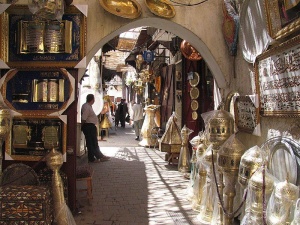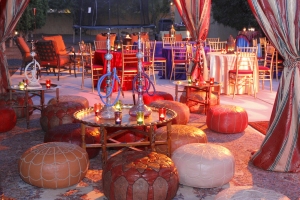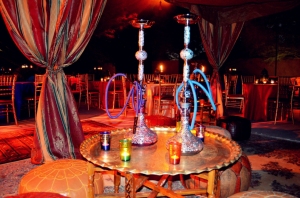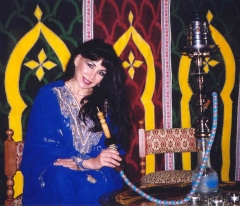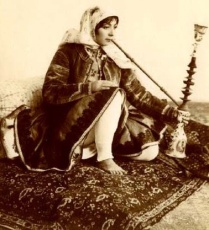Meditation and Entertainment
The original Whirling Dervish dance was – and is – a dance mediation. However, the whirling dance has long been adapted for entertainment as well, with the performers using multicolored, multilayered, skirts that are manipulated to create optical illusions rather than spiritual enlightenment.
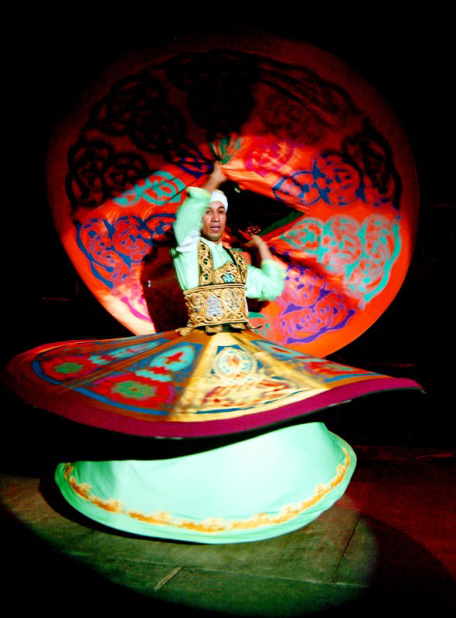
The whirling dance performed for entertainment is called TANOURA. It evolved from the dance meditation that migrated to Egypt with the Sufi Almoez Ledun Ellah Alfatime. Theatrical versions of the Sufi dance began to appear in Egypt in the late 19th century. The best dancers use more than one skirt, separating and combining them while twirling for hypnotic optical illusions.
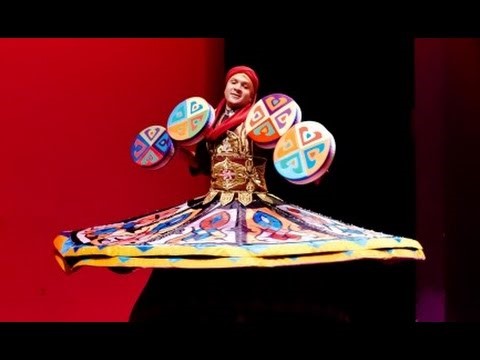
While a tanoura dancer whirls, s/he may play large sagat (TOURA) or a frame drum.
Mohamed Shahin: Whirling dervish, or ‘raqis tanoura’ in Arabic (literally translated as ‘skirt dance’) is the traditional dance of the Sufis, and has its origins in the Turkish Ottoman Empire. It started as an alternative form of worship within Islam, and is performed as a way of inducing an intense personal communion with the divine, of inducing ecstasy.
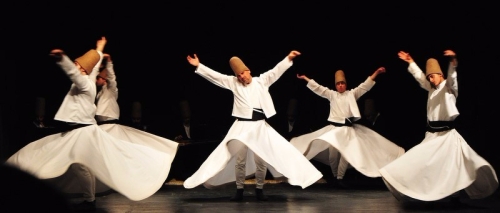
Sufi practitioners of the dance wear long white kaftans, fez-like hats, and a heavy white skirt traditionally made of wool, in which they spin for hours around a fixed imaginary point. With his circular motion and accompanying hand gestures, the Sufi dancer engages in a sort of physical prayer, whereby he emits a huge bout of energy to the heavens. Sufi dancing is usually done in groups, with one man in the middle whirling, while the other practitioners dance around him in a circle. It is as if the dervish were the sun, and the dancers revolving around him, the stars.
The Egyptian tanoura dance is similar to the one practiced in Turkey in all but dress. Primarily performed for theatrical rather than spiritual reasons, Egyptian dervishes wear ornate and colorful skirts and incorporate the use of accessories to demonstrate the difficulty of the dance and the dancer’s skill.
From article written by Maura Enright, BABA YAGA Newsletter
See A Live Tanoura Performance By Mohamed Shahin Here
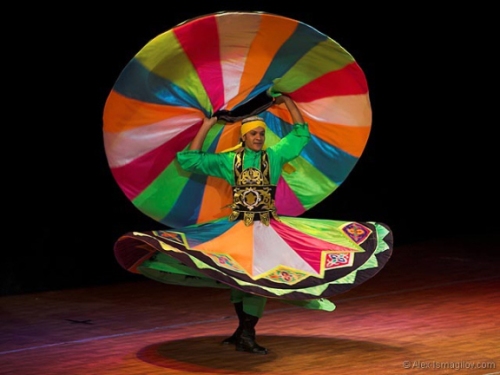
The 13th-century Sufi poet Jalaluddin Rumi (Mevlâna) is all but considered a saint. One of the world’s great mystic philosophers, his poetry and religious writings are among the most beloved and respected in Islam and well beyond.
In a time of increasing tension in the region the festival is a beacon of hope for culture and freedom. Rumi was a scholar, who taught peace, love and tolerance, and eventually gained a large following.
Only a few hundred miles from the borders of war-torn Syria, the festival in the Anatolian city of Konya brings together over a million people from all over the world to celebrate Rumi’s work, his life and ultimately his death – also known as his union with god. The day of his death is referred to as his wedding night.
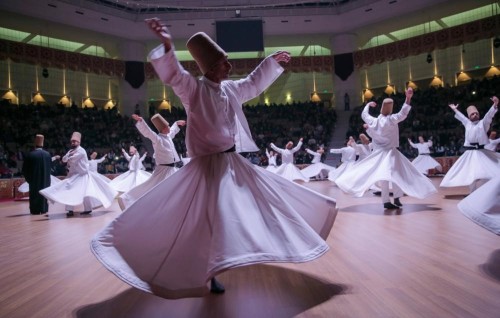
Whirling dervishes at the Rumi Festival in Konya.
Since the death of Jalaluddin Rumi in 1273, the Mevlevi order has commemorated his life. Kashfi Halford captures the celebrations and performances all over the Turkish city during the 10-day festival.
Sema is the inspiration of Rumi as well as a part of Turkish custom, history, beliefs and culture. The Sema ceremony represents a mystical journey of man’s spiritual ascent through mind and love to perfection.
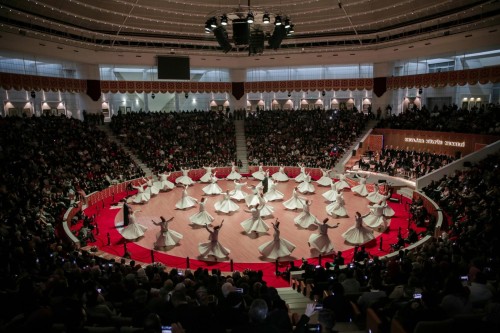
Article and photos by Kashfi Halford and Matt Fidler, The Guardian

